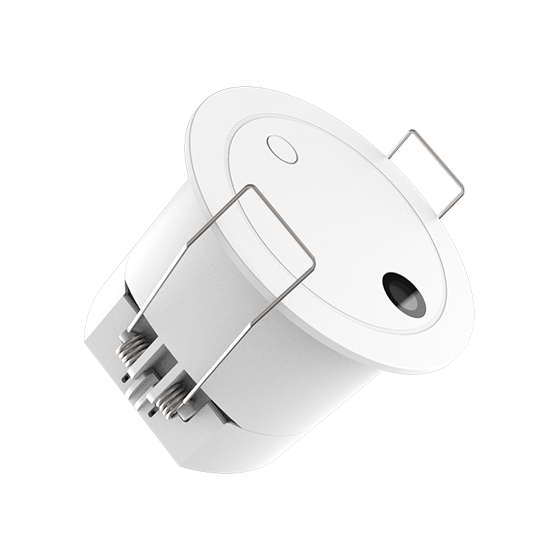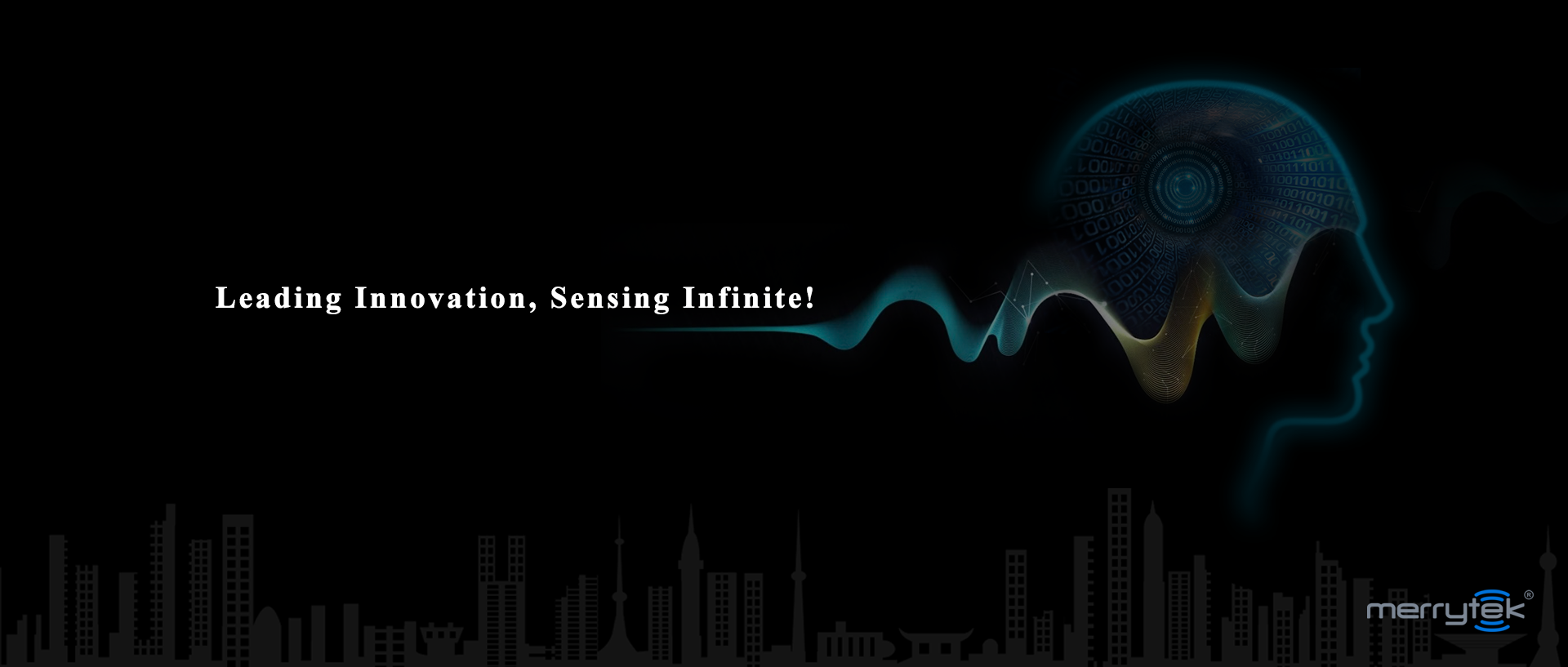Lamps have been an essential part of our existence for centuries. They operate not just to illuminate in different settings and conditions but to provide assistance or comfort. However, the incorporation of microwave sensors into lamps has heralded a new dawn for lamp technology, revolutionizing how we experience and interact with our lighting systems. In this article, we shall examine the working principle of microwave sensors -- their advantages over traditional sensors and their diverse applications that make them a game-changer in modern lamp technology.
Introduction
Lighting is crucial to creating the right ambiance as well as improving our living and working environments unbounded by illumination techniques such as home theater lighting. Traditionally, lamps hinged on various basic sensors like tick-on motion detectors/light intensity, among others, to detect movement or adjust brightness. One industry whose longtime stronghold has seen increasing incursions is industrial standard lamps crafted using conventional wicks augmented by high voltages referred to as electronic bulbs (discussed below).
WorkingPrinciple of Microwave Sensors
Microwave sensors operate preconditioned on emitting low-power microwave signals and measuring practice throughout their operation to determine changes in the surrounding environment. Different from old-school sensor types dependent on line-of-sight recognition accomplishment, microwave sensors can penetrate walls, ceilings, and numerous other obstacles, enabling detection where clear-view failure occurs. This mendacious contraption observing capability enables detection even where obstruction from sight takes precedence.

Advantages of Microwave Sensors in Lamps
Microwave sensors provide severaladvantages to lamp technology that set them apart from traditional sensors. Firstly, their ability to detect movement through obstacles makes them ideal for applications where line-of-sight sensing is inefficient or non-existent. This allows lamps to respond not only to human presence but also to events occurring in complex environments.
Secondly, microwave sensors have a wider detection range compared to traditional sensors. As such, they are ideal for both small and large spaces as they can cover a larger area and ensure that no movement goes unnoticed. On the other hand, these sensors allow for customized detection zones so users may optimize energy efficiency regardless of the area.
Apart from this, microwave sensors are susceptible. In fact, they are capable of detecting even slight movements. Examples of this include motions (gestures) and breathing patterns. Moreover, sensitivity improves the user experience allowing for intuitive interactions with lamps. For instance, gesture control or adaptive lighting.
Moreover, microwave sensors require minimal power consumption. Thus, they carry important environmental attributes wherein by adjusting operations based on occupancy, they contribute substantially to significant energy savings and minimize carbon footprint.
The Bottom Line
In a nutshell, microwave sensors revolutionized lamp technology by providing advanced sensing has capabilities that enhance our lighting experiences. Examples of these attributes relate to non-contact detection, wider area coverage, and high resolution, which have made them richly preferred choices in various applications involving smart lighting systems to security and human-centric lighting. Indeed, we embark upon innovations and explorations of new horizons at the advent of times.
About Us
Shenzhen Merrytek Technology Co., LTD. (referred to as "Merrytek Technology") is a microwave intelligent control products research and development, production, and sales as the core business of the national specialized new "small giant" enterprise. Contact us for microwave control products.



